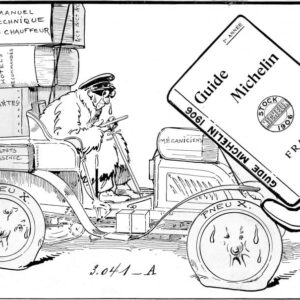
AltCMO Construction Marketing and Fractional CMO Services
Building Momentum for Your Brand.
Home » Marketing
Posts in category: Marketing
Category: Marketing

Branding
Effective Brand Differentiation Strategies for Construction Firms in a Competitive Market
Read More »January 4, 2025








